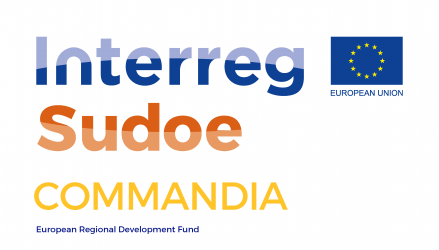Summary
In the SUDOE space there are many strategic industries that handle deformable products, such as food, clothes, toys or leather goods. The automation of deformable products processing is very difficult and costly, and therefore many involved tasks are performed manually by human operators. Performing these tasks with robots would improve competitiveness and working conditions of the workers. However, current industrial robotic solutions are not sufficiently adaptable for manipulating this kind of products. This project proposes to cover this lack of innovation in handling deformable objects by defining, designing and implementing functionalities that enable current robots to manipulate such objects for industrial production. The cooperation of the partners will result in the development of a multirobot system that will be transferred as a prototype for demonstrating application at two paradigmatic industrial sectors in the SUDOE space: meat processing and footwear manufacturing.
Problem definition
The manipulation task needs to be described in terms of product deformation. The continuous perception of the changing shape of deformable objects cannot be performed with classical cameras due to the difficulty and lack of robustness of tracking 3D deformations with 2D images. Then, active vision systems are required.
A key problem is to grasp the object and control the manipulator and gripper of each robotic platform to modify the shape of the object as required. Very few works on shape control strategies exist, and they are limited in terms of applied sensor information (control based on visual markers on the object) and types of deformable objects (cloth-like or planar objects in most cases). Assembly tasks with deformable components require multi-modal information (tactile, force and vision for good contact) and handling of different types of deformable objects (specially, those with solid 3D deformations).
Collaboration strategies are required since the complex tasks require more than one mobile manipulator to extend the workspace and manipulate cooperatively the object. In existing collaborative multi-robot systems every agent plays a unique role and the performance gains come from the sum of the agents’ abilities and their operation in parallel. However, they currently cannot change their roles in order to adapt to the tasks changes nor execute collaborative manipulation of big or complex deformable objects. Besides, current robotic-based setups are robot-centered, a configuration that is not flexible enough when different types of products need to be handled in non-static environments.
Finally, the transfer of this technology to the targeted sectors in the SUDOE space is currently hindered by the lack of adequate dissemination efforts from the developers to the industries.
Approach
The main innovative aspect of the proposal is the fusion of the individual abilities of the partners to produce a high-tech solution for a practical industrial problem that limits the competitiveness in some sectors in the SUDOE space. In order to address the identified gaps, this project proposes a three-stage approach:
- Identification of industrial tasks where the integration of collaborative robots for manipulating deformable products can improve productivity and work conditions.
- After several main tasks have been identified, a complete robotic system (including mobile manipulators) will be developed in a modular way for its maintainability, adaptation and final integration. The main modules of the system will be:
♦ Sensor-based task definition module: New visual tracking techniques of surface deformation based on active vision systems will be developed.
♦ Arm-gripper multi-modal control module: The control strategies of the robotic manipulator will combine several to manipulate deformable objects.
♦ Multi-robot collaboration planning module: In complex manipulation tasks, several collaborative mobile manipulators will be required to increase the dexterity, improve the perception or enlarge the workspace. - The modules will be tested independently and combined in a complete system for a practical demonstration. The software will be developed in open source middleware for better interoperability, portability, extension and maintenance.
Financial support
The COMMANDIA project is partially supported by the Interreg Sudoe Programme and European Regional Development Fund (ERDF). The total budget is 1.257.109 euros.
Period of execution
The project will be carried out for three years, from April 2018 to March 2021.

